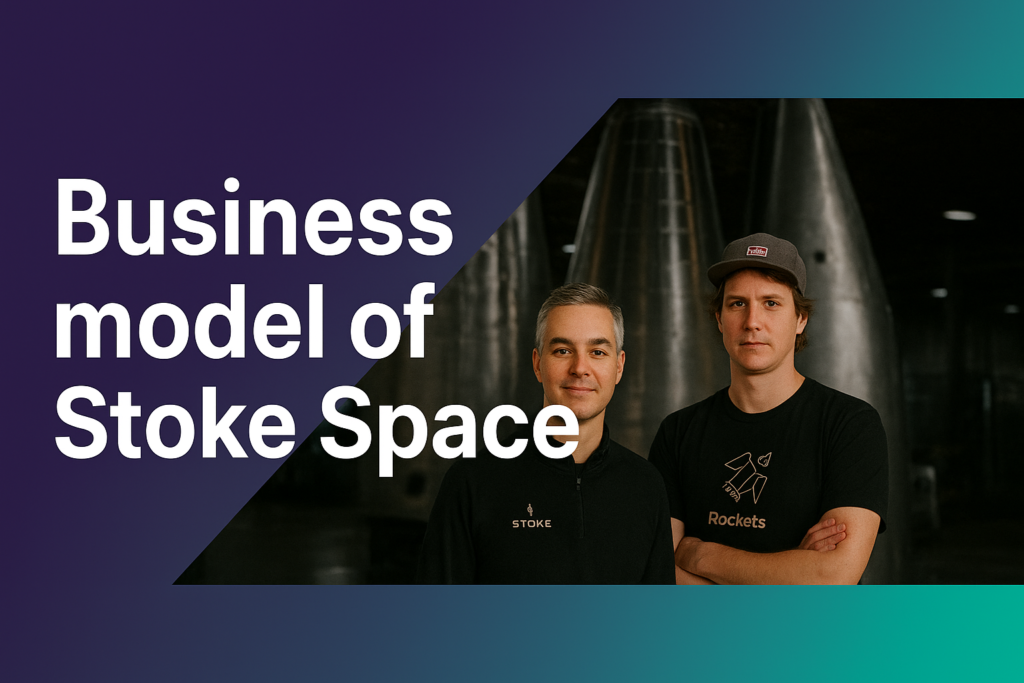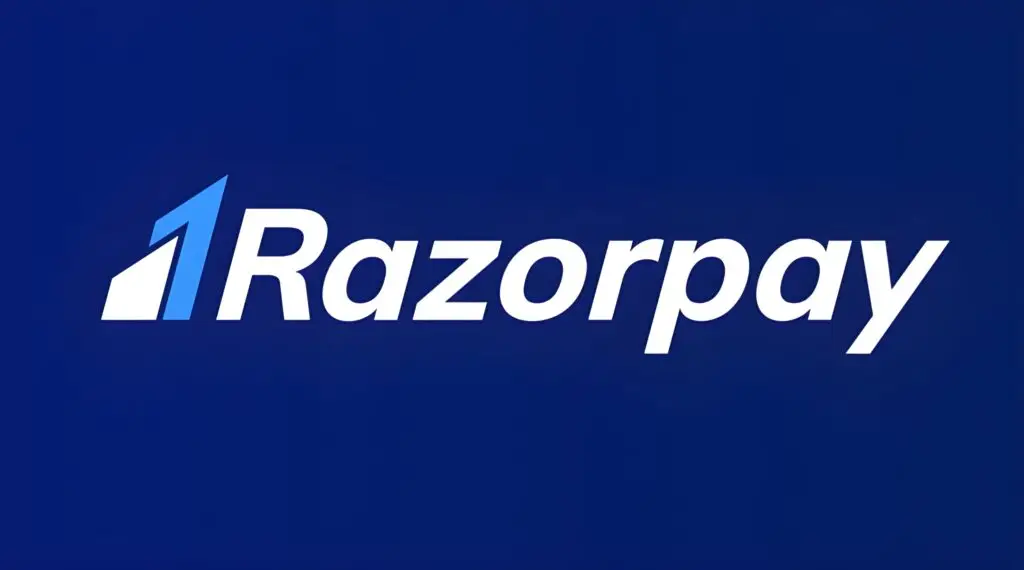| Category | Details |
|---|---|
| How Stoke Space Started | Founded in 2019 by Andy Lapsa (former Blue Origin propulsion engineer) and Tom Feldman (former SpaceX/Blue Origin engineer) in Kent, Washington. Started with conviction that 100% reusable rockets were essential for sustainable space access. Received initial funding through Y Combinator accelerator and $225,000 NSF SBIR Phase I grant in 2020 for reusable upper stage propulsion research. |
| Present Condition | Series D stage company with $675M+ total funding raised. Successfully conducted multiple Hopper2 prototype test flights demonstrating controlled upper stage descent and landing. Operating advanced manufacturing facility in Kent, Washington with 200+ employees. Targeting first orbital flight within 2-3 years with commercial operations following shortly after. |
| Future of Company & Industry | Company aims to achieve daily launch cadence with Nova rocket by late 2020s. Industry shifting toward reusability as standard—SpaceX proven first stage recovery, Stoke Space pursuing complete vehicle reusability. Market projected to grow from $14B (2024) to $40B+ (2030s) as satellite constellations expand exponentially and space infrastructure development accelerates. |
| Opportunities for Young Entrepreneurs | Aerospace manufacturing automation, rocket refurbishment services, launch logistics coordination, satellite deployment services, space traffic management, orbital debris removal, in-space refueling stations, payload integration services, launch insurance innovation, and space-based data analytics platforms. |
| Market Share of Stoke Space | Pre-revenue startup in development phase. Target market: medium-lift commercial launches (2-5 ton payload capacity). Competing in $5B+ annual addressable market alongside SpaceX Falcon 9, Rocket Lab Neutron, Relativity Space Terran R, and United Launch Alliance Vulcan. Current market dominated by SpaceX (~80% commercial launches). |
| MOAT (Competitive Advantage) | 1) Proprietary actively-cooled metallic heat shield enabling upper stage reentry survival—only company pursuing this approach. 2) Complete reusability (both stages) versus competitors’ partial reusability. 3) Rapid refurbishment design targeting 24-hour turnaround versus weeks for competitors. 4) $675M+ funding providing extended runway. 5) Experienced team from Blue Origin/SpaceX with proven aerospace execution capabilities. |
| How Stoke Space Makes Money | Revenue model: Commercial launch service contracts charging per-launch fees (projected $5-10M per launch once operational). Revenue streams include: satellite operator contracts, government/defense launches, space station resupply missions, and potentially in-space transportation services. Currently pre-revenue, operating on investor capital while building toward first commercial operations expected 2027-2028. |

My Name is Adarsh and I am Empowering startups with high-quality content at Startups Union and bridging the gap between brand stories.




